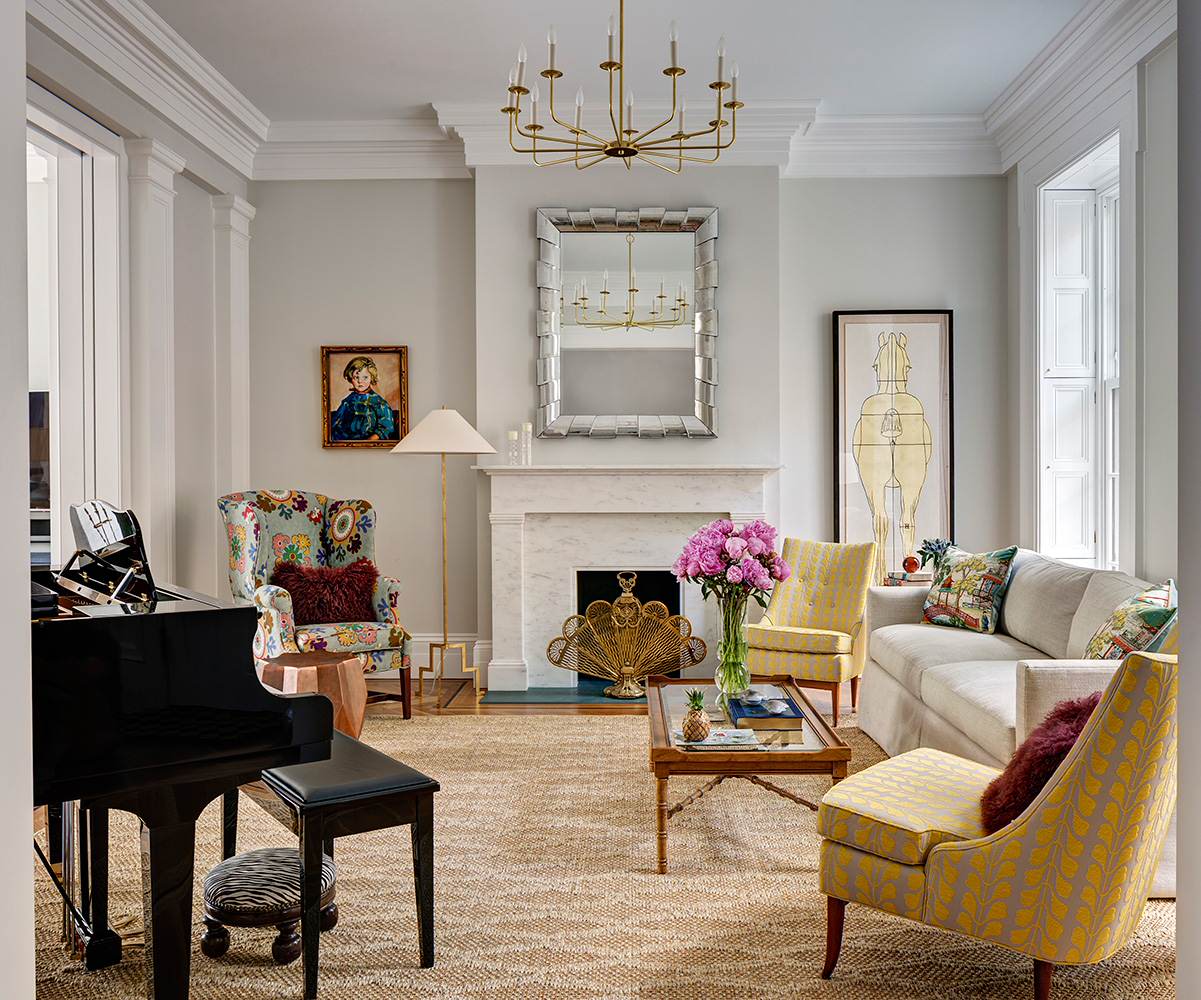Introduction
Architectural wall lights are an essential part of modern architecture. Not only do they provide ambient lighting for outdoor spaces, but they also add a touch of elegance and sophistication to any building’s exterior. In this article, we will delve into the beauty and functionality of architectural wall lights, exploring their various styles, materials, and benefits.
Types of Architectural Wall Lights
There are several types of architectural wall lights, each with its unique style and purpose. Some of the most common types include:
1. Sconces
Sconces are a timeless classic when it comes to architectural wall lights. Sconces are usually mounted on either side of a doorway, providing a warm and inviting glow to your home’s entrance. They come in a variety of styles, from sleek and modern to more ornate and traditional.
2. Floodlights
Floodlights are typically used for security and safety purposes. They are great for illuminating large spaces such as parking lots or outdoor stadiums. They come in a range of sizes and wattages, from small and compact to huge and powerful, ensuring that you can find the perfect floodlight for your needs.
3. Bollard lights
Bollard lights are a popular option for lighting pathways, gardens, and driveways. They are typically low to the ground, creating a gentle, puddled light that guides you without flooding the area with light. They come in various styles and materials, including stainless steel, bronze, and even wooden bollards.
Materials
Architectural wall lights are typically made from durable materials that can withstand harsh weather conditions while retaining their functionality and aesthetic appeal. Some of the most common materials used include:
1. Stainless Steel
Stainless steel is an excellent choice for architectural wall lights due to its durability and corrosion resistance. It is a popular material for modern wall lights, as it has a sleek and minimalist look that works well with contemporary architecture.
2. Bronze
Bronze is a classic material that has been used for centuries in architectural applications. It is sturdy and durable, making it an excellent choice for outdoor lighting fixtures that need to withstand harsh weather conditions.
3. Glass
Glass works well for architectural wall lights due to its translucency and ability to diffuse light. It is often used in combination with metal frames to create stunning contemporary designs.
Benefits of Architectural Wall Lights
1. Increased Safety and Security
Architectural wall lights provide a sense of safety and security, especially in areas where crime is prevalent. With their bright illumination, they can deter intruders and make it easier for people to navigate around your property.
2. Improved Aesthetics
Architectural wall lights can enhance the curb appeal of your property, making it look more attractive and welcoming. They can also provide a focal point for your outdoor space when strategically placed.
3. Energy Efficiency
Many architectural wall lights these days come with energy-efficient features such as LED bulbs or solar panels. This helps reduce your energy bills while minimizing your carbon footprint.

